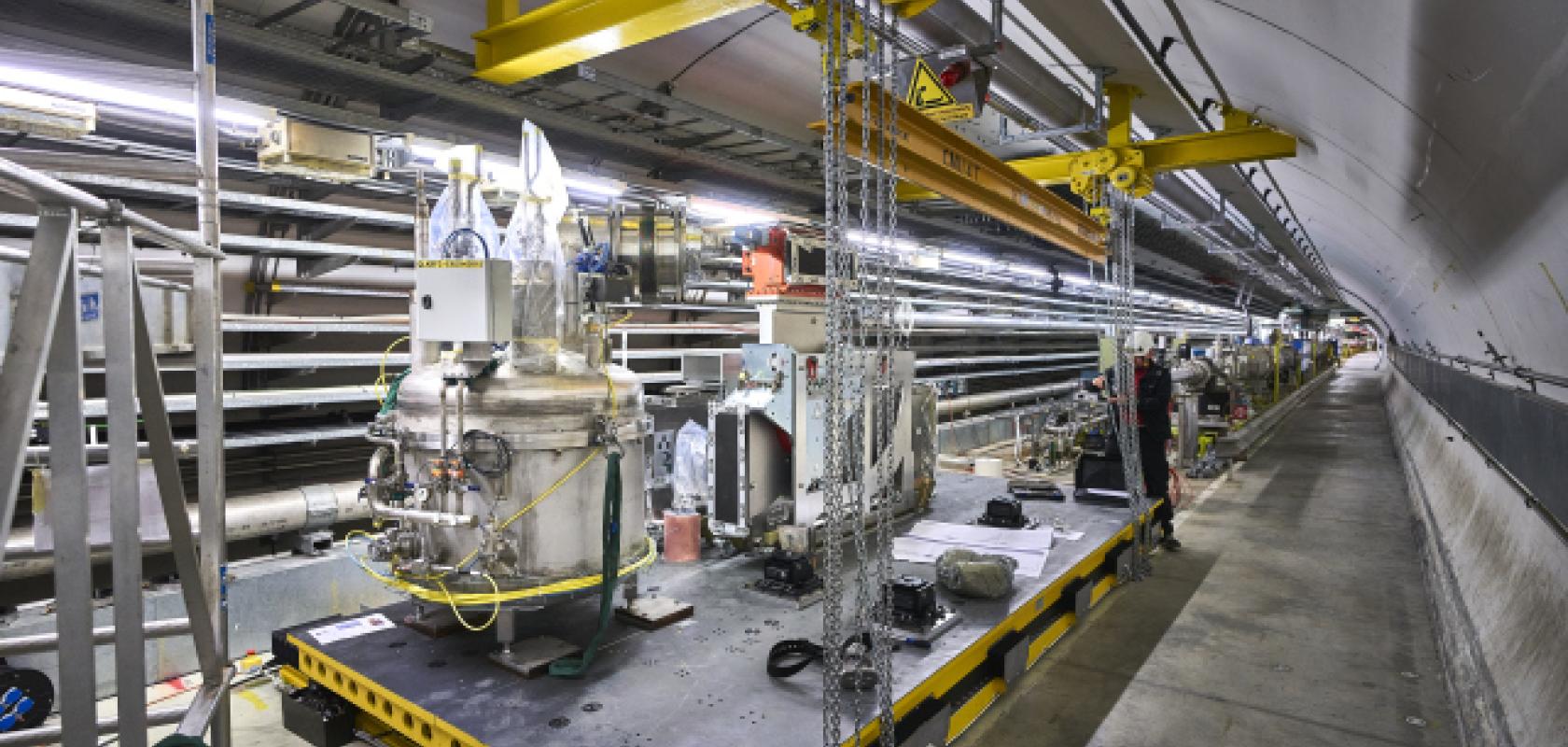More than 200 participants gathered online at the 11th annual HL-LHC collaboration meeting as it begins to take shape on an industrial scale.
The High-Luminosity LHC (HL-LHC), CERN’s current flagship project, is the highest-priority project of the recent update of the European Strategy for Particle Physics. The project aims for a tenfold increase in the integrated luminosity and an extension of the LHC’s lifetime well beyond the mid-2030s.
Therefore, it relies on resources and expertise from laboratories and teams worldwide – from America to Japan, from China to Italy – whose members join up every year with the CERN experts to take stock of the advancement of the project and find common solutions to the challenges ahead. The latest of these collaboration meetings ended on 22 October after four days of online plenary and parallel sessions.
More than 200 collaborators from around the world joined the talks, which were held virtually due to the travel restrictions that are still being imposed in many countries due to the COVID-19 pandemic. We only held plenary sessions last year while this year, for the first time, we also organised remote parallel sessions in which smaller groups of collaborators had the opportunity to meet and discuss detailed technical issues in different areas. This arrangement made for a dense and intense programme, but it was a pleasant surprise how smoothly it went. The initial timidity in the virtual coffee rooms quickly dissipated and led to enthusiastic and productive discussions between our collaborators.
The meeting of the Collaboration Board, the steering body of the HL-LHC project, which synchronises work between the various institutes, was also held in a virtual format, allowing participants to discuss the high-level stakes at hand, against the backdrop of a transition phase for the project. The R&D efforts for many of the HL-LHC’s cutting-edge components, designed to prepare the accelerator for a sharp increase in the number of collisions, have been finalised in many areas and are making way for the production of components through industrial partnerships, as was also reported in the latest edition of the annual Collaboration Board newsletter.
Among the many impressive achievements reported during the meeting, our members learned about the latest test results of a whole range of new magnets developed specifically for the project, including AUP’s (the Accelerator Upgrade Programme) Nb3Sn triplet quadrupoles, four of which have already been built and fully qualified for operation to date. Another highlight was the achievement of nominal performance of the innovative nested-coil corrector magnets, which gave the green light to start their industrial production at Elytt Energy, in Spain, with the support of CIEMAT. Japan and Italy are both currently shipping prototypes of separation and recombination dipoles to CERN for final validation at cold, and the UK collaboration is starting to assemble the first cryomodule with crab cavities recently delivered by CERN. CERN has also received the first superconducting link cables and cryostats from industry, underlining the transition from prototyping to series production for the project.
The transition to this new chapter for the project was celebrated, along with the progress of the civil engineering works, both for surface buildings and for the new underground caverns housing the equipment for the accelerator upgrade, a cornerstone of the project that needed to be finalised during LS2. We look forward to inviting our collaborators to visit these new structures at Point 1 and see the full extent of the progress on the occasion of a future in-person meeting at CERN.
In the short term, the global health situation permitting, next year’s meeting will likely be hosted by Uppsala University in Sweden, which recently built the pioneering FREIA laboratory to contribute to the testing of HL-LHC magnets and cavities.


